In the poultry business, one of the main and most important aspects is undoubtedly nutrition and feeding. Understanding how birds digest feed is crucial for creating suitable diets that meet their nutritional and functional needs, including feed texture and fibre requirements.
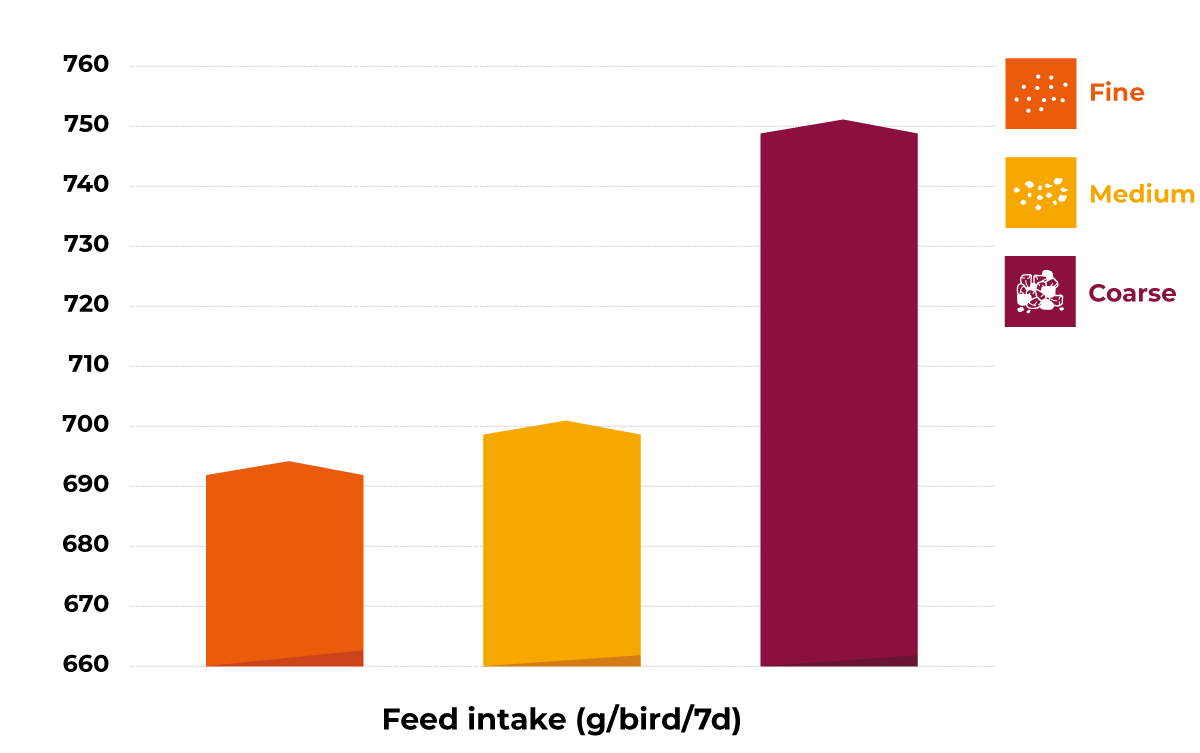 Oesophagus and Crop
Feed then travels down the oesophagus, aided by moisture and peristaltic movement. It passes through the crop, a pouch-like structure that stores feed before it enters the proventriculus.
The crop’s size varies greatly depending on the bird’s feeding habits. Interestingly, some carbohydrate breakdown occurs here, likely due to gizzard reflux.
Oesophagus and Crop
Feed then travels down the oesophagus, aided by moisture and peristaltic movement. It passes through the crop, a pouch-like structure that stores feed before it enters the proventriculus.
The crop’s size varies greatly depending on the bird’s feeding habits. Interestingly, some carbohydrate breakdown occurs here, likely due to gizzard reflux.
 Gizzard
The gizzard is the digestive system’s powerhouse. This muscular stomach has an inner layer of hard membrane called koilin, produced by glands that secrete carbohydrates and proteins forming a keratinoid matrix.
Gizzard
The gizzard is the digestive system’s powerhouse. This muscular stomach has an inner layer of hard membrane called koilin, produced by glands that secrete carbohydrates and proteins forming a keratinoid matrix.
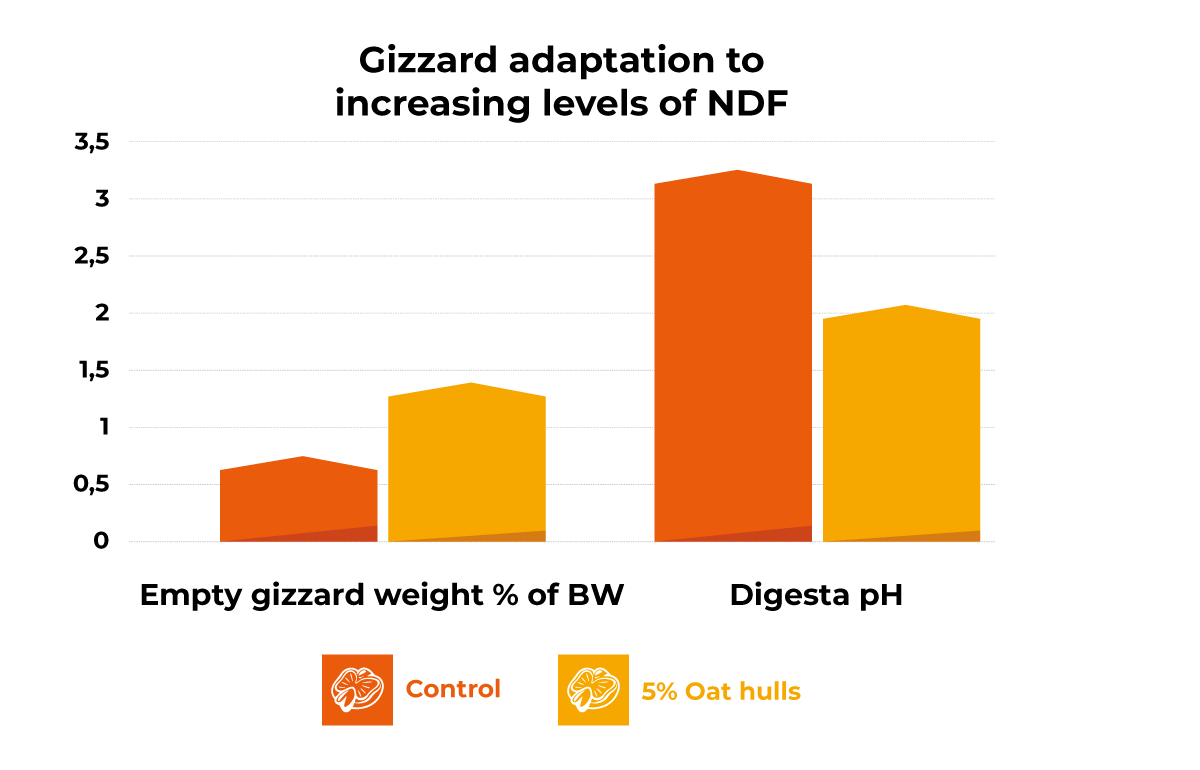 Small intestine
As food moves into the small intestine, it first enters the duodenum, where it encounters pancreatic enzymes such as lipases, carbohydrases, and trypsins. Bile acid also joins at this point, helping to emulsify fats.
Small intestine
As food moves into the small intestine, it first enters the duodenum, where it encounters pancreatic enzymes such as lipases, carbohydrases, and trypsins. Bile acid also joins at this point, helping to emulsify fats.
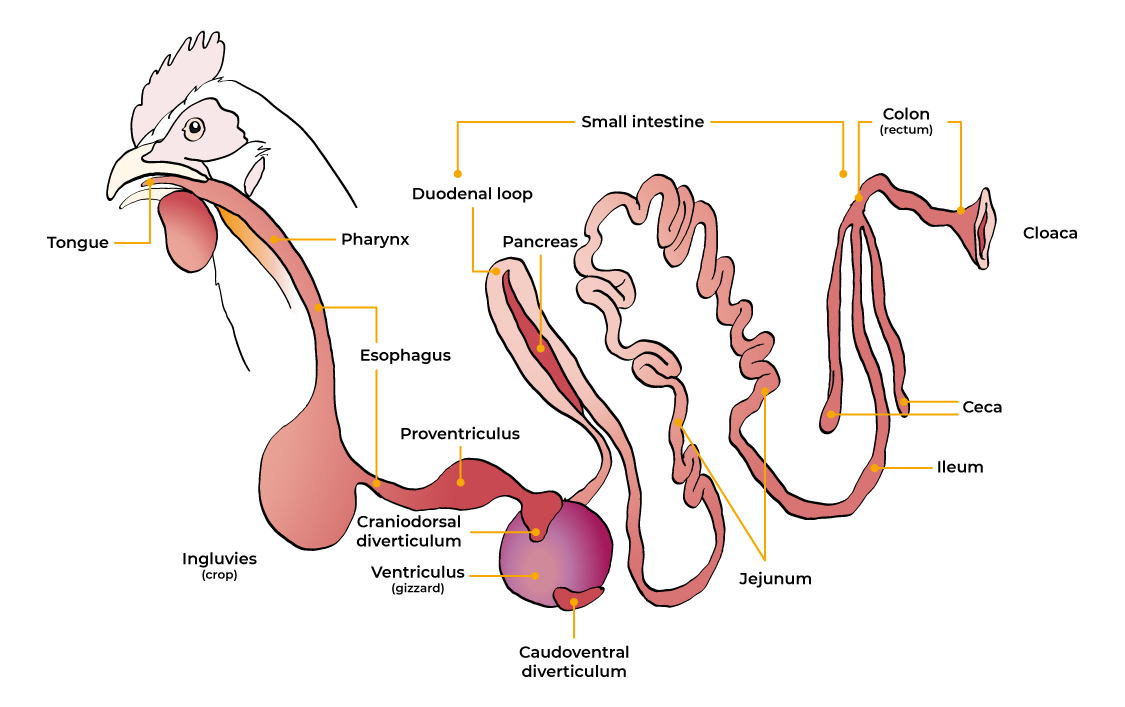
Digestion involves a combination of mechanical, chemical, and microbiological processes.Let’s have a closer look at each part of the digestive system and its main functions: Beak The beak is essential for food intake. Birds prefer larger particles Gizzard over fine foods, as these are easier to grasp (Figure 1).
The beak also has mechanoreceptors that help birds select the most appealing particles, reflecting their grain-eating nature.At the tongue’s base, there’s a significant secretion of saliva, mainly composed of mucoproteins and mucopolysaccharides, which moistens the feed.
Figure 1. Variation of feed intake between fine particles and coarse particles during one week (Mtei et al, 2019)

The lower oesophagus, where it meets the proventriculus, is rich in lymphoid tissue, highlighting the immune system’s importance throughout the digestive tract.Proventriculus The proventriculus, known as the glandular stomach, contains mucus-secreting papillae and multi-lobular glands that produce hydrochloric acid and proteolytic enzymes like pepsin.
The acidic environment created by hydrochloric acid enhances the effectiveness of proventriculus proteinases. While hydrochloric acid can lower the pH to 1.5, the buffering effect of calcium carbonate in food typically results in a pH between 3 and 5.
 Gizzard
The gizzard is the digestive system’s powerhouse. This muscular stomach has an inner layer of hard membrane called koilin, produced by glands that secrete carbohydrates and proteins forming a keratinoid matrix.
Gizzard
The gizzard is the digestive system’s powerhouse. This muscular stomach has an inner layer of hard membrane called koilin, produced by glands that secrete carbohydrates and proteins forming a keratinoid matrix.
The gizzard’s muscles, comprising two pairs, adapt to feed conditions in both volume and hardness. Its main functions are to grind feed particles to 0.1 mm or smaller and mix hydrochloric acid and pepsins from the proventriculus with bile and pancreatic enzymes from the duodenum through gastro-duodenal reflux. Optimising this process improves nutrient digestibility. Moreover, a well-functioning gizzard, achieved with large particles and insoluble fibres, promotes feed retention. This triggers the release of hormones which signal satiety and well-being to the bird.Thus, the gizzard regulates the digestive system by controlling intake and flow. Extended food retention in the gizzard also lowers pH, aiding digestion and serving as an immunological barrier (Figure 2).
Figure 2. Gizzard adaptation to increasing levels of NDF

The pH in this section rises to about 6-6.8 and remains stable throughout the lower part. Nutrientabsorption occurs in the small intestine, and it’s soefficient that by the time food reaches the midpointof the small intestine, almost all nutrients have been absorbed.It’s worth noting that digestion and absorption in birds also consume energy, leading to a temperature increase. Energy losses from digestion are estimated at about 30% for protein, 15% for carbohydrates, and 10% for fat, with an additional 10% lost as heat.
In hot climates, this should be considered when choosing energy sources to avoid worsening heat stress.Rectum and Caecum The rectum and caecum, the final parts of the digestive system, have limited absorption surfaces. While they can absorb water and electrolytes, they lack transport mechanisms for organic nutrients like proteins.
However, these areas, especially the caecum, host fermentation processes for fibres and other undigested components. This can benefit the bird, producing short-chain acids like butyric acid.Conversely, large amounts of undigested proteins can lead to dysbiosis, making the bird vulnerable to unwanted bacteria or parasites such as coccidia and salmonellae. Conclusions Understanding the digestive system of laying hens is crucial for optimising their nutrition and feeding practices.
Each part of the digestive system, from the beak to the caecum, plays a vital role in ensuring efficient digestion and nutrient absorption. By providing suitable diets that meet the birds’ nutritional and functional needs, we can enhance their overall health and productivity. Additionally, considering the energy consumption involved in digestion and the adaptation of the gizzard to different feed conditions can further improve the well-being of the birds.

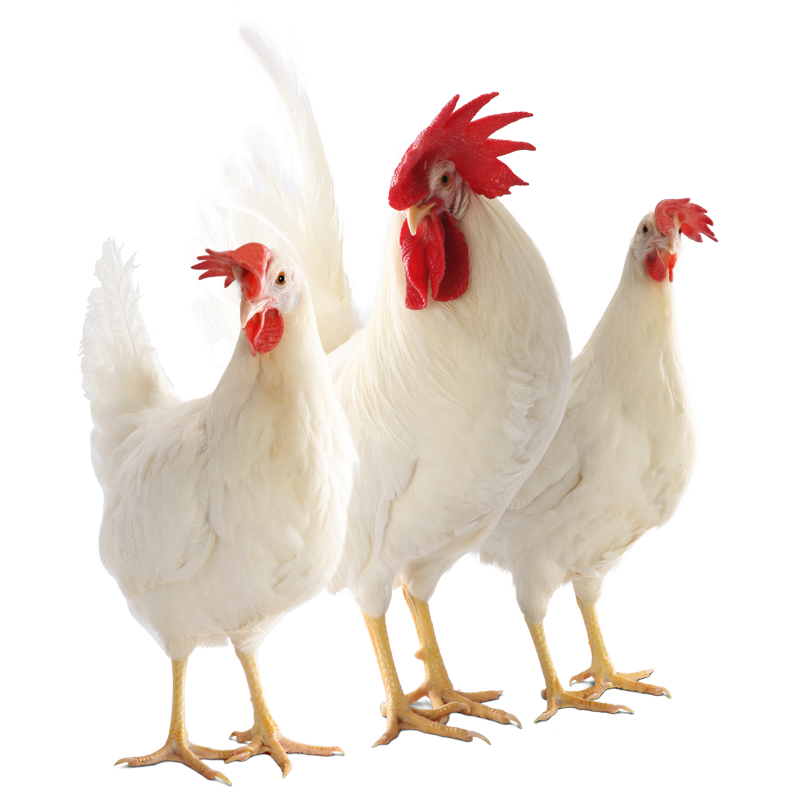
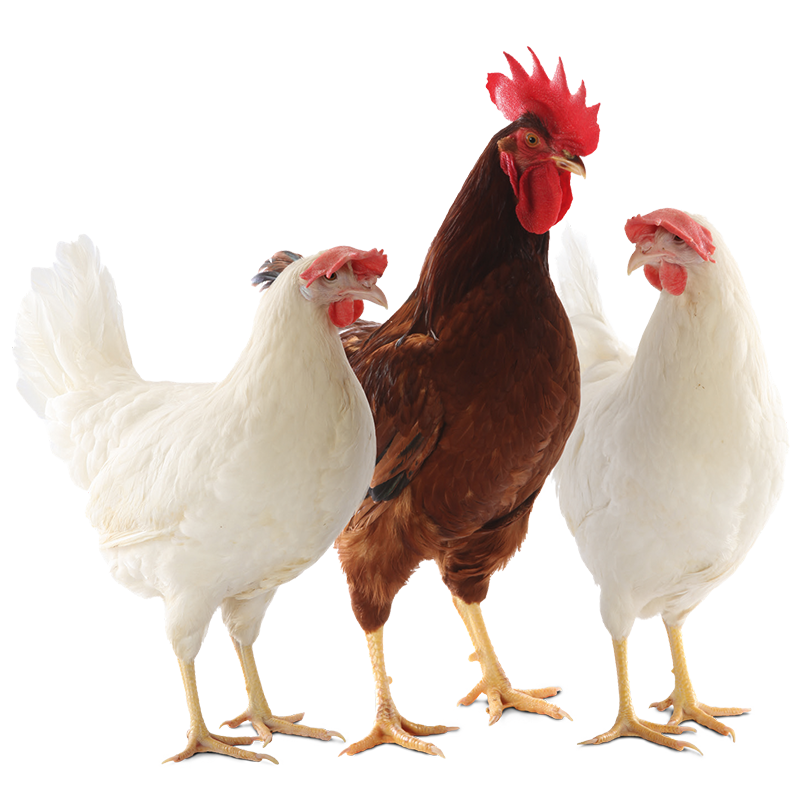
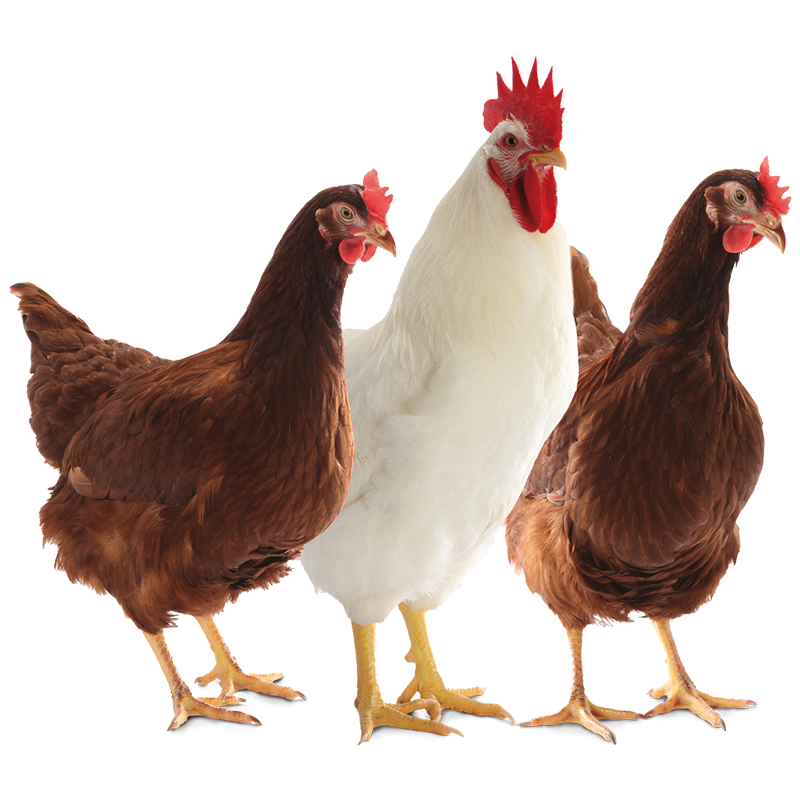
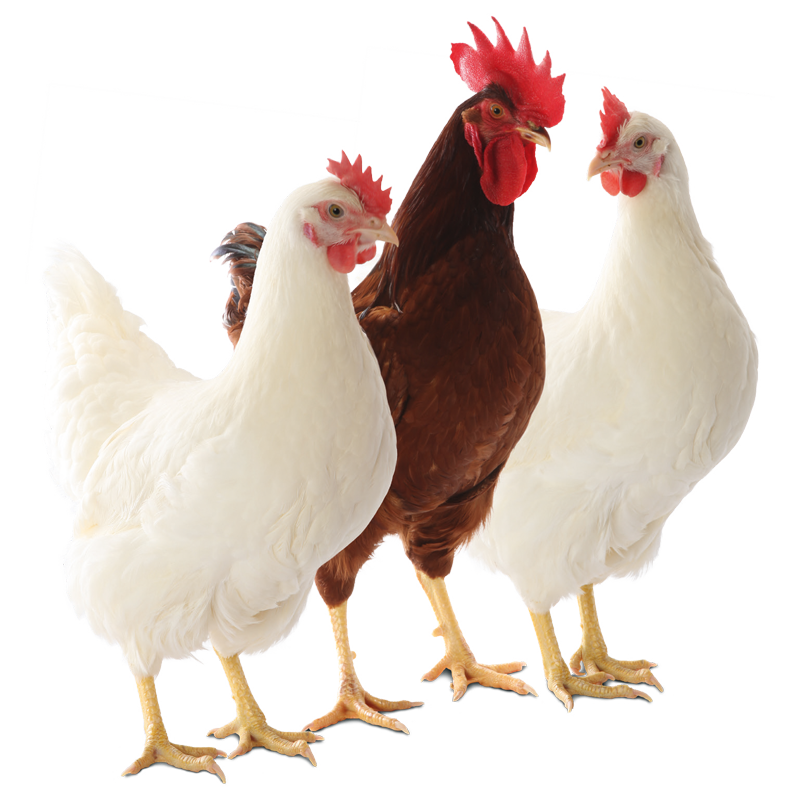
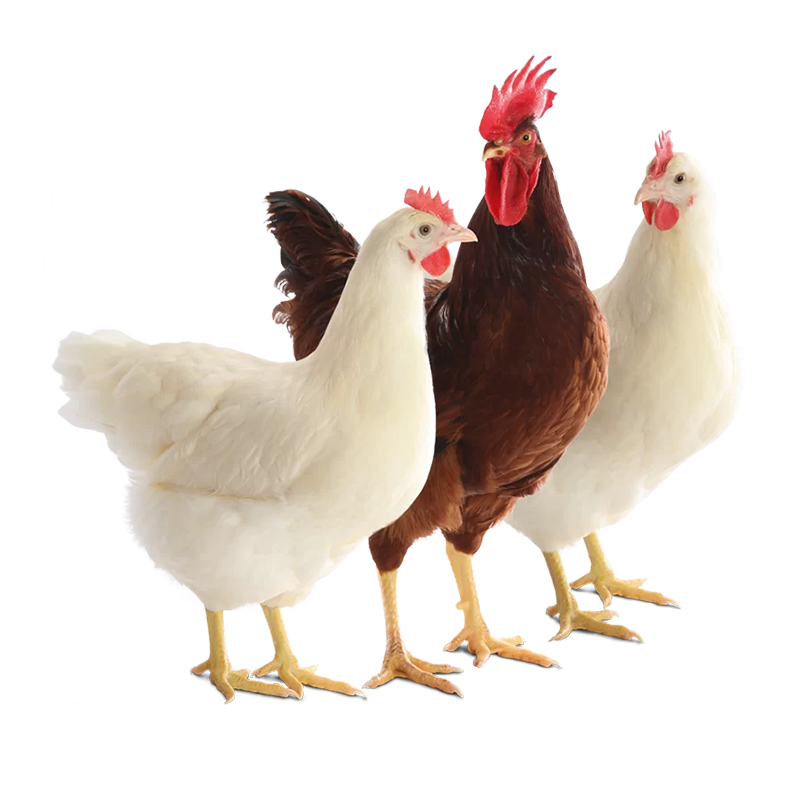
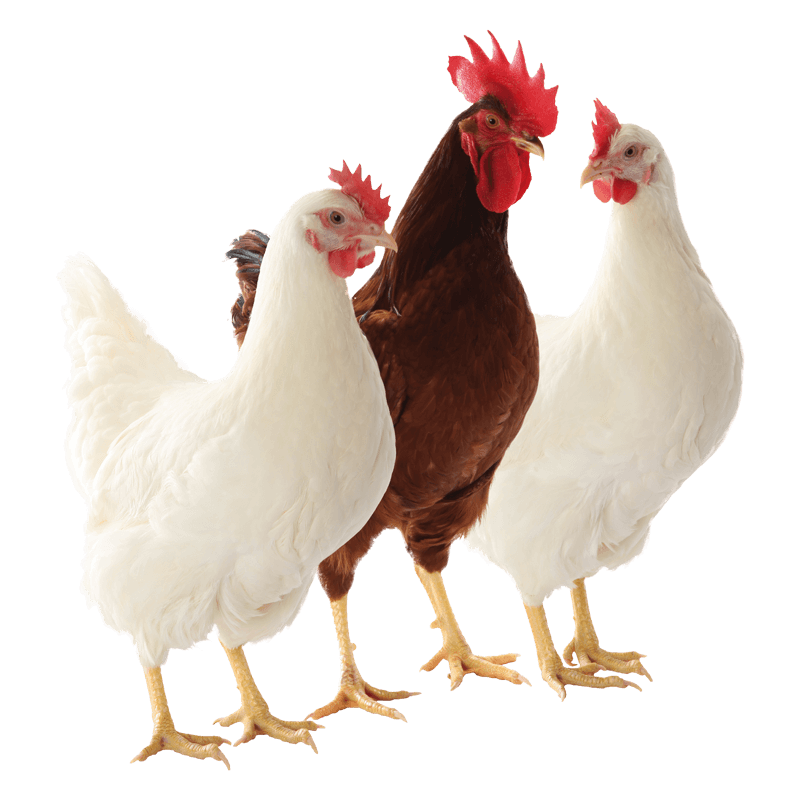
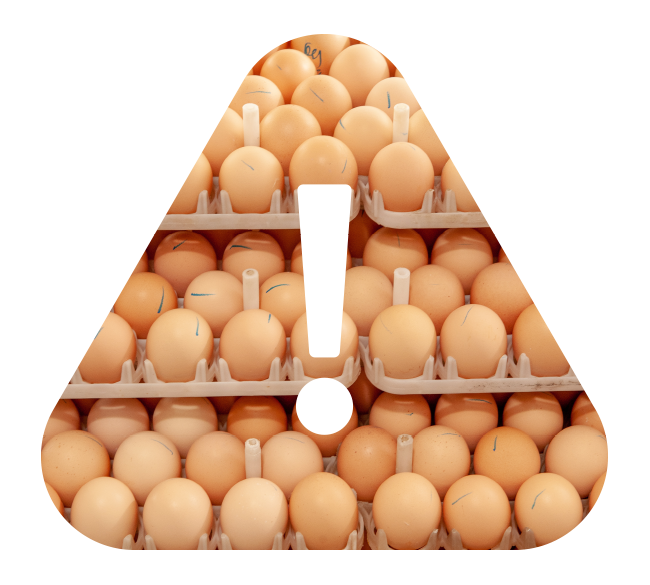



 Nutrition
Nutrition 